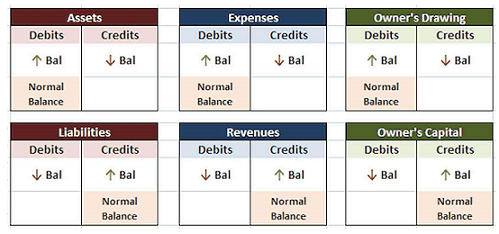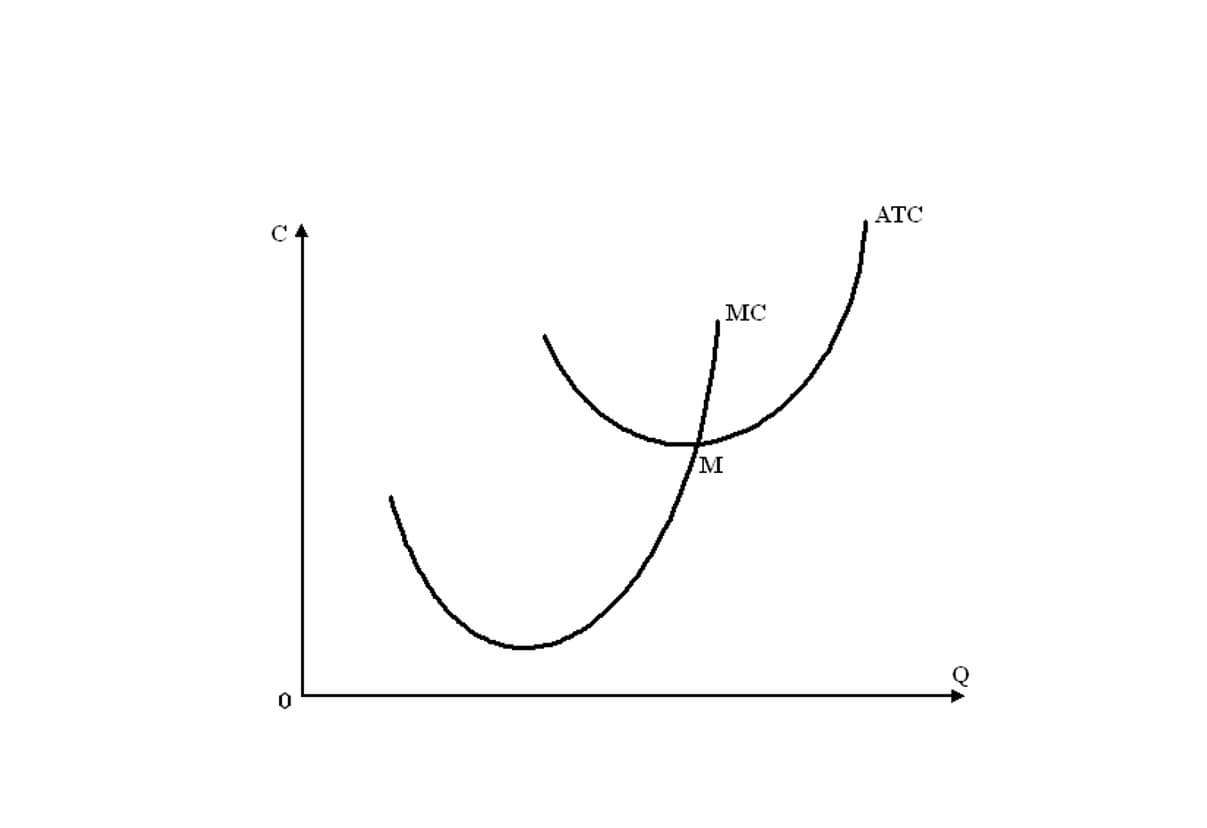
Record liability payments made outside of Accounting CS

In the report, submitted by the Secretary-General, several legal and policy proposals were made to address greenhouse gas emissions and climate change. Send an invoice to accounts receivable if you are requesting payment for goods or services provided. If you receive an invoice from a supplier or vendor, it goes to accounts payable because you owe money for goods or services received. Accounts receivable handles incoming payments, while accounts payable manages outgoing payments. Accounts Receivable (AR) refers to the money a company is owed by its customers for goods or services that have been delivered but not yet paid for.

Current liabilities
Many first-time entrepreneurs are wary of debt, but for a business, having manageable debt has benefits as long as you don’t exceed your limits. Read on to learn more about the importance what is a liability account in accounting of liabilities, the different types, and their placement on your balance sheet. On a balance sheet, liabilities are listed according to the time when the obligation is due.
Why Does a Company Accrue Liabilities?
An accountant usually marks a debit and a credit to their expense accounts and accrued liability accounts, respectively. The term “accrued liability” refers to an expense incurred but not yet paid for by a business. These are costs for goods and services already delivered to a company for which it must pay in the future.
Other Liabilities

There are two types of accrued liabilities that companies must account for. Current liabilities are important because they can be used to determine how well a company is performing by whether or not they can afford to pay their current liabilities with the revenue generated. A company that can’t afford to pay may not be operating at the optimum level.

This can be due to a life or job change for which they did not make the necessary tax adjustment during the year. Answering the first question requires that the accountant determine the likelihood https://www.bookstime.com/articles/quickbooks-proadvisor that the payment will be made. In the General Motors automobile warranty case, the liability occurs at the time of sale because at that time the firm obligates itself to make certain repairs.
However, poor management of liabilities may result in significant negative consequences, such as a decline in financial performance or, in a worst-case scenario, bankruptcy. The portion of the vehicle that you’ve already paid for is an asset. Financial liabilities can be either long-term or short-term depending on whether you’ll be paying them off within a year. A contingent liability is an obligation that might have to be paid in the future but there are still unresolved matters that make it only a possibility, not a certainty. Lawsuits and the threat of lawsuits are the most common contingent liabilities but unused gift cards, product warranties, and recalls also fit into this category.
- A financial professional will offer guidance based on the information provided and offer a no-obligation call to better understand your situation.
- A retailer has a sales tax liability on their books when they collect sales tax from a customer until they remit those funds to the county, city, or state.
- It compares your total liabilities to your total assets to tell you how leveraged—or, how burdened by debt—your business is.
- The amount of taxes a company owes might fluctuate based on its profitability and tax planning strategies.
- Because most accounting these days is handled by software that automatically generates financial statements, rather than pen and paper, calculating your business’ liabilities is fairly straightforward.
- Accounts payable, accrued liabilities, and taxes payable are usually classified as current liabilities.
- Keep in mind your probable contingent liabilities are a best estimate and make note that the actual number may vary.
- An example of Accounts Payable (AP) is when a retail store orders inventory from a supplier.
- The business then owes the bank for the mortgage and contracted interest.
- Bonds are essentially contracts to pay the bondholders the face amount plus interest on the maturity date.
Liabilities, on the other hand, represent obligations a company has to other parties. Financial statements, such as the balance sheet, represent a snapshot of a company’s assets, liabilities, and equity at a specific point in time. Assets and liabilities are treated differently in that assets have a normal debit balance, while liabilities have a normal credit balance. When presenting liabilities on the balance sheet, they must be classified as either current liabilities or long-term liabilities.
Rather, the liability is recognized when the employees perform services for which they have not yet been compensated. Someone on our team will connect you with a financial professional in our network holding the correct designation and expertise. Our goal is to deliver the most understandable and comprehensive explanations of financial topics using simple writing complemented by helpful graphics and animation videos. There are three primary classifications when it comes to liabilities for your business. Boost your confidence and master accounting skills effortlessly with CFI’s expert-led courses! Choose CFI for unparalleled industry expertise and hands-on learning that prepares you for real-world success.